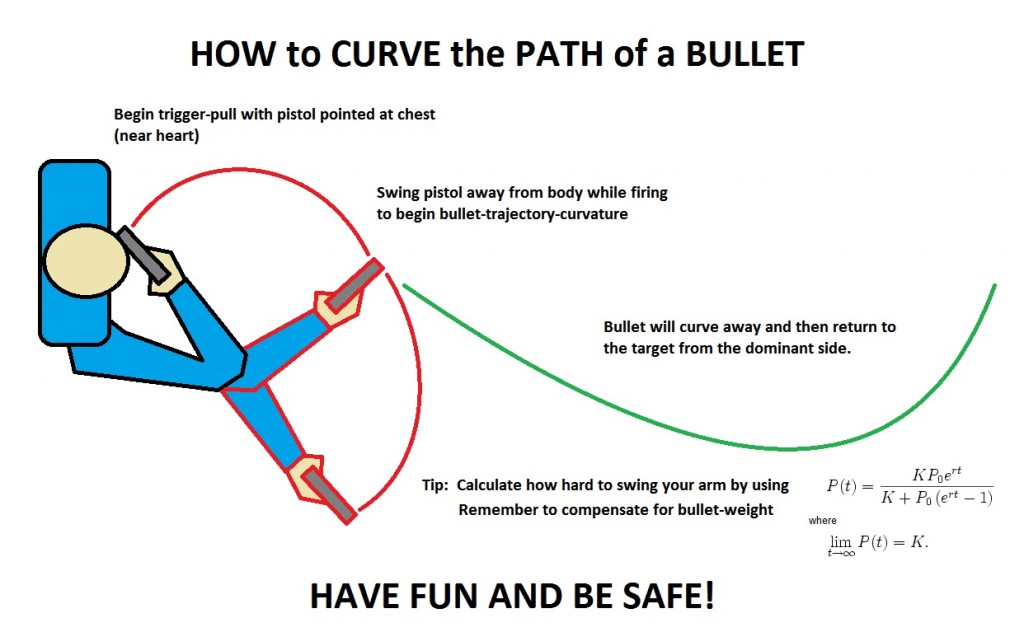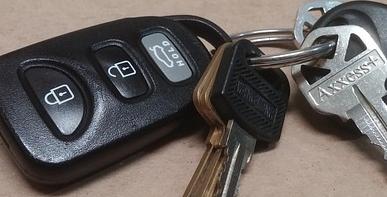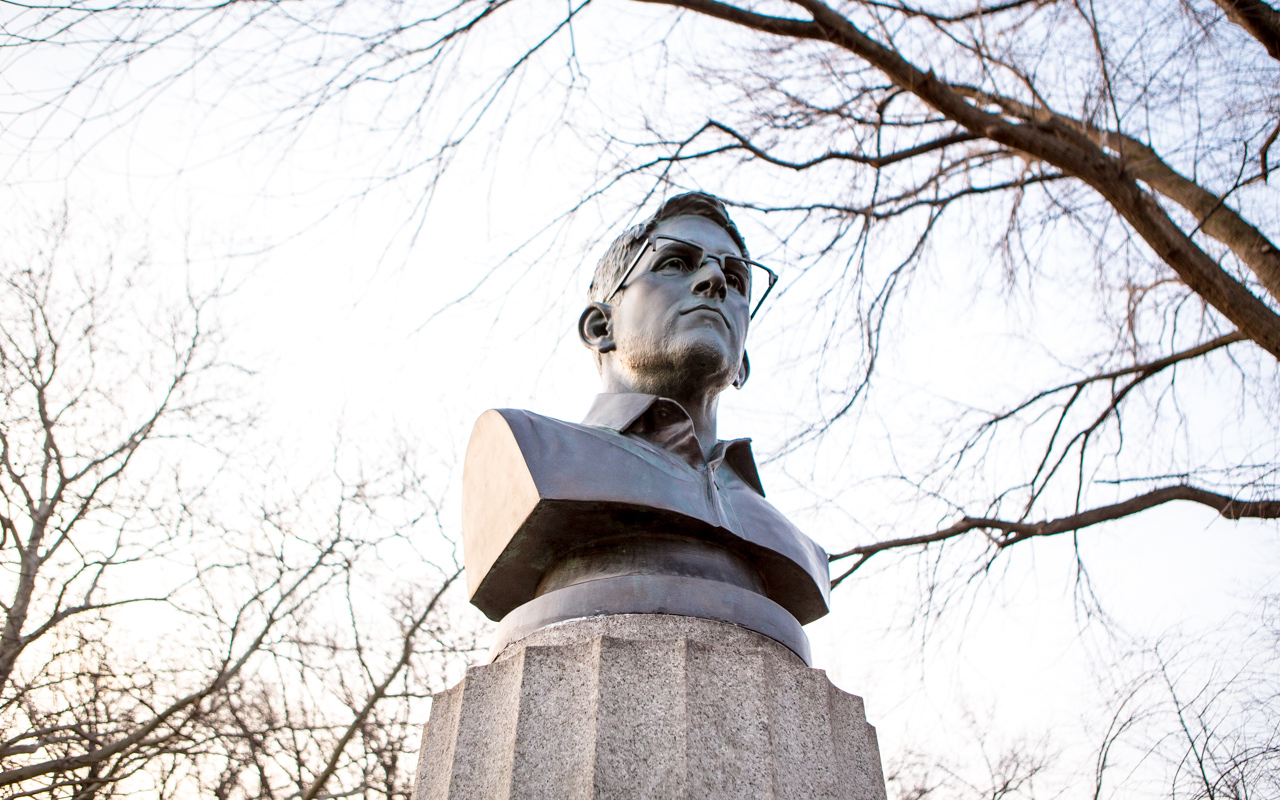A new lawsuit alleges that Google violates users’ privacy and data security by collecting and using private browsing information. Specifically, the suit states that Google systematically includes search queries in the URL of the search results page, even when the user is using private browsing mode. The researcher said this is an egregious violation of user privacy and demanded action from the Federal Trade Commission. The company has been sued by several groups, including Consumer Watchdog.
The lawsuit states that Google’s practices violate privacy laws and should be stopped. This is a significant step forward for users’ online privacy. The Internet giant’s private browsing option has been around for some time, but the suit claims that Google is violating California law by gathering personal information even when users use “private browsing” mode. The law requires consent before a company can monitor private communications, so the company must get consent before it collects any personal information.
Google’s data-collection practices have also been the subject of other lawsuits. This case is the latest in a series of similar actions. In 2012, the European Union imposed a fine of EUR50 million for violating the GDPR. The plaintiffs argued that Google failed to obtain clear consent from end users and did not make their actions transparent enough. Further, they alleged that Google did not disclose its partners’ elements. Furthermore, a private browsing mode does not offer additional information on a website.
Other lawsuits alleging that Google violates user privacy have not been successful, but the company is still facing a number of other cases regarding its data-collection practices. The suit says that the company collects browsing histories and search queries, even if users’ browsers are in private mode. The lawsuit further claims that Google intentionally deceives consumers by claiming that these actions are necessary for its business. If this lawsuit is successful, it would force Google to pay a huge sum of damages to its users.
The US government is currently suing the company for illegally invading users’ privacy. The suit is also claiming that Google has knowingly collected information about its users. It is unclear exactly how it collects such information. The data is collected when a person uses the search engines in private mode. However, this is not the only violation that Google has been accused of. The data is used to improve the quality of their search experience.
While Google does not explicitly deny that it collects this information, it does not mention that it also gathers information about its users through third-party tracking cookies. As a result, the company is not required to disclose the specific details of the third-party tracking cookies that it collects. The company has no plans to replace these cookies with anything that is less invasive. The phasing out of third-party tracking cookies, however, will not have a negative impact on its advertising business.
Despite the fact that these practices are illegal, a class-action lawsuit filed in the US alleges that Google has violated user privacy by collecting third-party tracking cookies. The class-action claims that the company violates California’s Computer Data Access and Fraud Act by violating privacy laws. In addition to these claims, it has also been cited as a violation of California’s Computer Data Access and Fraud Act.
The suit further alleges that Google’s privacy controls are deceptive, and the company collects information even without consumer consent. In addition, it is a requirement for third-party Android apps use the Firebase SDK, which is a third-party tool to allow advertisers to know the composition of their audience. This enables the company to analyze the content of the audience and use it for advertising purposes. It then uses the information to create hyper-personalized ads.
In a separate suit, the plaintiffs claim that Google has harmed the rights of millions of users by tracking their activities. This lawsuit has not been filed in the US courts, but it is still pending in the US. The Texas Attorney General’s office has previously filed a similar suit against the company, and the lawsuit is based on the company’s failure to follow the law. The company’s privacy policies are the subject of a class-action lawsuit against it, but the proposed settlement has been thrown out because they have been a major violation of user rights.



















